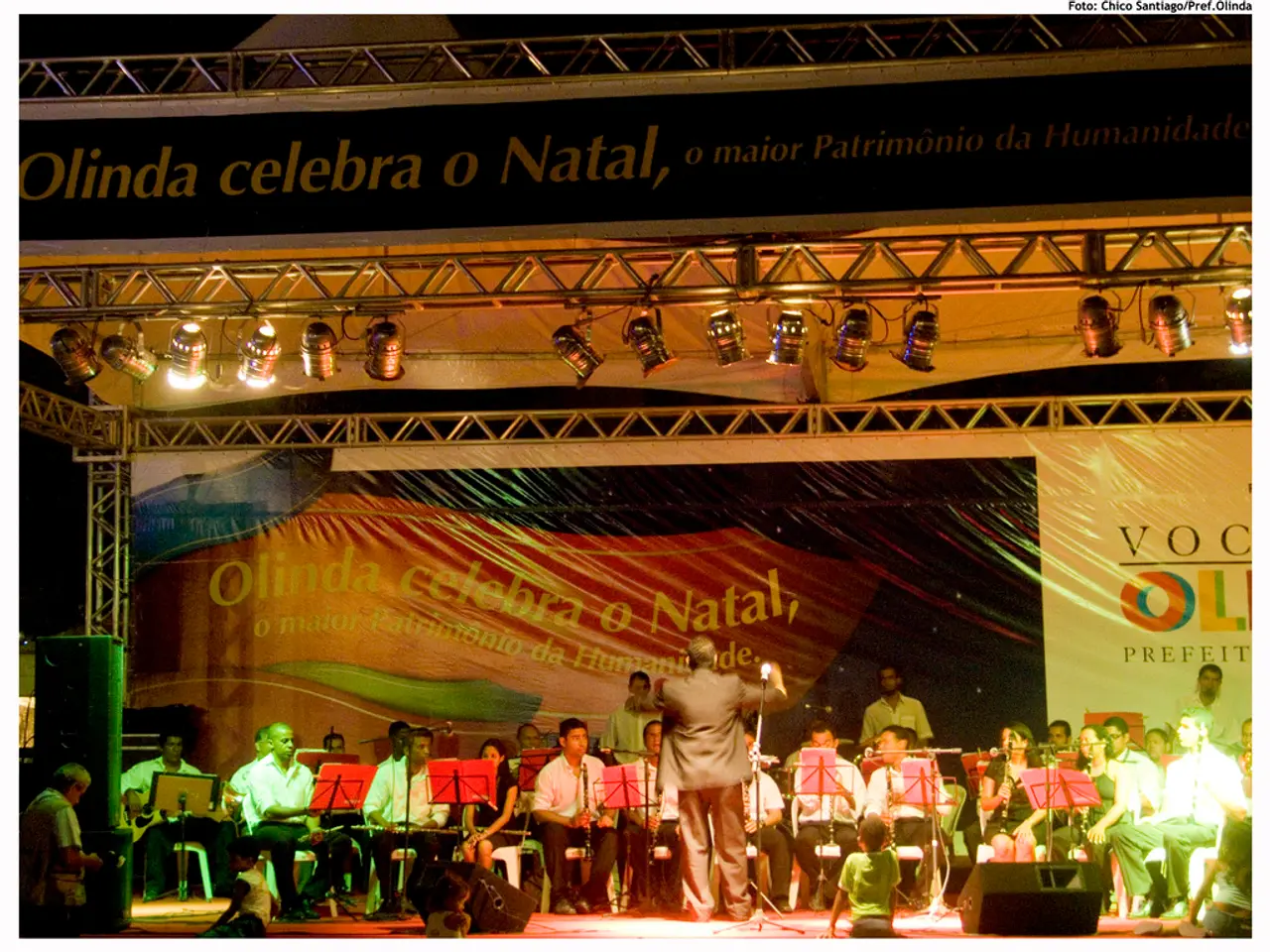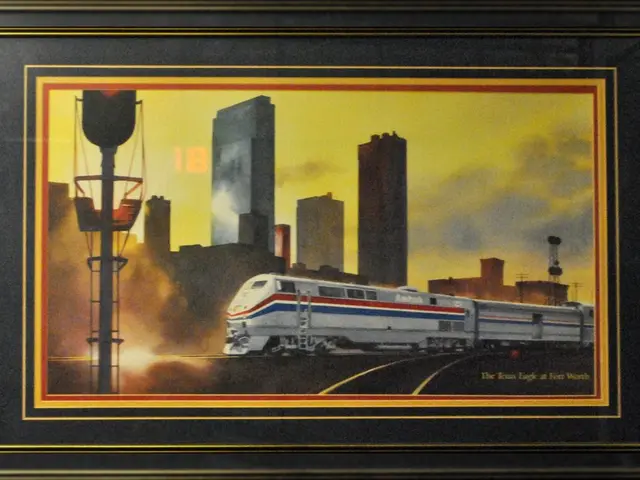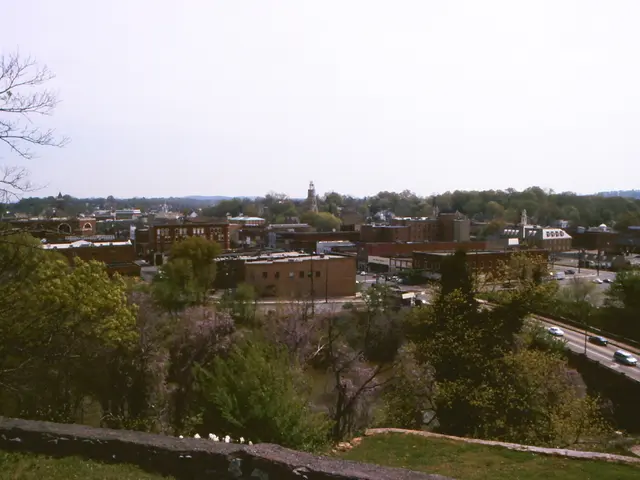Dramatic Arts: In the heart of Corsica, Robin Renucci arranges theatrical acts
In the picturesque region of Haute-Balagne, Corsica, the beauty of the Mediterranean landscapes is being threatened by desertification. Let's explore the historical context, current status, and ongoing efforts to combat this environmental issue.
Historical Context
Historically, Haute-Balagne's villages relied on a mix of agriculture, including olive groves, vineyards, and pastoralism. Sustainable practices such as terracing and seasonal grazing were common, supporting the region's agricultural activities. However, starting in the mid-20th century, urban migration and changing economic structures led to rural depopulation, resulting in the abandonment of agricultural lands and terraces.
Desertification Processes
Corsica's Mediterranean climate, with its hot, dry summers and periodic droughts, makes the region vulnerable to desertification processes. Over the years, soil erosion, reduced vegetation cover, and loss of soil fertility have been observed in several parts of Corsica, including Haute-Balagne. This degradation is exacerbated by steep slopes and human-induced degradation.
Increased wildfire frequency, partly due to abandoned agricultural lands turning into dense brush, contributes to vegetation loss and soil degradation, accelerating desertification risks.
Current Status
Local and regional authorities monitor land degradation and have implemented policies to combat desertification. These efforts include reforestation programs, sustainable land management practices, and fire prevention strategies. There is also a growing interest in reviving traditional agriculture and promoting agro-tourism, which helps maintain land cover and reduce erosion.
Parts of Haute-Balagne benefit from environmental protections aimed at preserving biodiversity and preventing land degradation. However, despite these efforts, some villages still face challenges related to soil degradation, water scarcity, and the impacts of climate change, which threaten agricultural productivity and local ecosystems.
A Cultural Oasis in the Heart of Desertification
Amidst these challenges, the village of Olmi-Cappella, funded by the fortune of local man Noël Battaglini, who made his fortune in Egypt, stands as a testament to the region's rich history. The building housing various public services in Olmi-Cappella, built in 1898, is a symbol of the village's resilience and determination.
Robin Renucci, who chose to reconnect with the enclaved region of Giussani (Haute-Balagne) nearly thirty years ago, now calls Olmi-Cappella home with his four children. The village serves as the base for the International Theatre Encounters, an immersive creation workshop organised by Aria, an Association for International Artistic Encounters.
The open-air performance of the International Theatre Encounters takes place in four nearby villages, including Olmi-Cappella. A Stazzona, a massive wooden cube built from Corsican pine and located at the bottom of a plateau that hosts the activities of Aria, offers a breathtaking view of the lush valley. The summer setting is the final week of the International Theatre Encounters, bringing together nearly a hundred actors and technicians of all ages.
Looking Ahead
The situation in Haute-Balagne remains cautiously optimistic but requires ongoing attention to prevent further degradation. For those interested in more detailed scientific studies or local government reports on this specific topic, environmental agencies and Corsican regional government publications would be valuable resources.
In an effort to preserve the Mediterranean landscapes of Haute-Balagne, Corsica, local and regional authorities have implemented policies such as reforestation programs, sustainable land management practices, and fire prevention strategies. These initiatives aim to revive traditional agriculture, promote agro-tourism, and maintain land cover, reducing the risk of desertification.
Despite these efforts, the village of Olmi-Cappella stands as a cultural oasis amidst the challenges of desertification. This historic village, with its rich history, public buildings, and open-air performances, serves as a testament to the region's resilience and determination.




